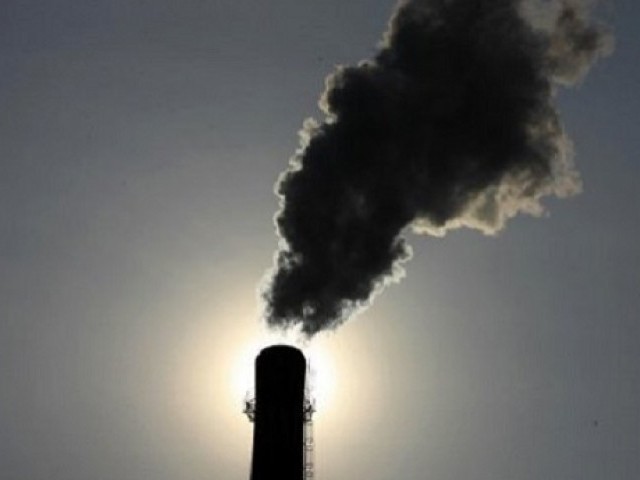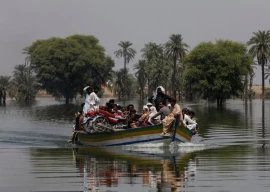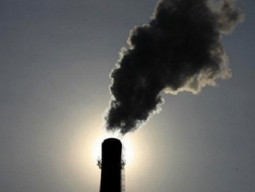
Carbon trading offers emerging and innovative trade and business opportunities to the developing countries, which can earn dollars for controlling the greenhouse gas (GHG) emissions.
A carbon credit or a carbon offset is a credit for the GHG emissions reduced or removed from the atmosphere by an emission-reducing activity pursued by a government, industry, or private individuals to compensate for the emissions generated elsewhere.
This Cap and Trade Model was adopted at the Glasgow COP26 climate change summit in November 2021, which agreed to create a global carbon credit offset trading market. Therefore, any intervention that can verify control, reduction, avoidance and destruction of one metric ton of GHG would mean the earning of one carbon credit.
Major emission-control tools and techniques eligible for carbon credit are avoidance of natural loss due to deforestation/ degradation, nature-based sequestration like reforestation, reduction of emissions (methane) from animal dung/landfills and removal of carbon dioxide from the atmosphere and or its destruction using various techniques.
Carbon credits can be earned either in the compliance markets which are created and regulated by national, regional, or international carbon-reduction regimes, or in the voluntary markets which function outside of the compliance markets and enable companies and individuals to purchase carbon offsets.
In the voluntary carbon market, carbon credits are purchased, usually by organisations, for voluntary use. Voluntary carbon markets are growing, driven in part by demand from businesses looking to offset their emissions.
Carbon markets are regulated through international, regional and subnational carbon-reduction schemes, such as the Clean Development Mechanism (CDM) under the Kyoto Protocol, the European Union Emissions Trading Scheme (EU-ETS) and the California Carbon Market.
Pakistan’s collaboration with China’s carbon emission trading scheme from 2021 to 2025 also offers great opportunities. Under the International Emissions Trading (IET), countries can trade in the international carbon credit market to cover their shortfall in the assigned amount of units.
Countries with surplus units can sell them to countries that are exceeding their emissions targets under Annex B of the Kyoto Protocol. Farmers and any landowners can sell carbon credits because land can store carbon. To enroll, you need to have land maps available that document your ownership of the land, as well as the legal description of the land.
Landowners can sell carbon offsets on the voluntary carbon markets. These carbon credit buyers are purchasing carbon credits as an investment or are businesses trying to meet internal standards for carbon footprint reduction.
Anyone owning and managing forestland may be able to sell carbon credits generated from management activities on your land. However, there are several questions to consider before pursuing detailed eligibility requirements.
Countries with surplus units can sell them to countries that are exceeding their emission targets under Annex B of the Kyoto Protocol. The concept of Carbon Credit Trading is set out in Article 17 of the Kyoto Protocol.
Currently, India and China are the biggest sellers of carbon credit whereas countries in Europe are the biggest buyers. If a project can quantifiably and repeatedly produce less GHG than the current alternative, it will be eligible to earn carbon credits.
For example, replacing a coal plant with a planned life of 30 years with a solar farm after five years would avoid 25 years of coal emissions. Personal carbon credits are a voluntary method for individuals to directly reduce energy consumption and the resulting GHG emissions.
Successful individual reductions are rewarded through lower utility costs and the value of the created personal carbon credits.
Pakistan can also earn carbon credits through plantation, reforestation, various green covers, solar and wind power, controlling methane emissions from livestock and paddy fields and such other activities that control GHG emissions.
Pakistan has successfully completed a carbon credit earning project and the government of Sindh has already earned carbon credits for the mangrove forests and they got the first tranche of $14.75 million in 2022, which may rise to $24-25 million in the next five years and this increase will continue for the 60-year pledge period.
Therefore, Pakistan is already enjoying the benefits of carbon credits from a forestry project and thus there is a great deal of scope and opportunities for earning carbon credits on a larger scale.
This great success story of earning carbon credits can now easily be replicated to other forestry and GHG-controlling projects but the lack of capacity, institutional arrangements and commitments are obstructing the process.
Pakistan not only lacks adequate capacity but also clarity and commitments amid the issue of ownership of carbon stock mostly owned by provinces after the 18th Amendment-led devolution.
The Ministry of Climate Change is the focal point for the UNFCCC and other such international instruments including the methane pledge and carbon trading progression but the lack of clear policy and mandate is jeopardising Pakistan’s ability to earn dollars from selling its carbon credits.
The ministry is stuck with establishing a registry, stopping the simultaneous parallel work on pursuing solar, hydel and methane-pledge projects, which can earn dollars.
As the ministry lacks the technical expertise in this highly innovative area, the decisions made by generalists, also called taboos, are compromising the ability to earn carbon credits on a fast track.
We missed earning dollars from CDM that operated from 2005 till recently (existed only for a couple of years in project mode), with the proposal submission ratio of only 0.6% and earning only 0.4% of the dollars compared to the Asia-Pacific (India and China). If the business continues as usual, we are missing a much greater opportunity again.
Pakistan can easily earn dollars as has already been done by the government of Sindh, which earned dollars from mangrove carbon credits. The irony in not limited to the capacity but the lack of clarity on voluntary markets.
There is complete silence from the corridors of focal ministry to guide, educate and create awareness about this booming business. Pakistan is embarking on solarisation to plug power shortage but solar energy also earns carbon credits at the individual and corporate scales that the ministry is silent about.
In addition, all the hydro, biogas, plantation and other such green businesses can bring dollars on a very fast track, provided the focal ministry is proactive and willing to facilitate and support such strategic initiatives.
THE WRITER IS A PHD IN NATURAL RESOURCES AND HAS SERVED IN NATIONAL AND INTERNATIONAL UNFCCC CLIMATE CHANGE ORGANISATIONS


1725877703-0/Tribune-Pic-(5)1725877703-0-165x106.webp)


















COMMENTS (4)
Comments are moderated and generally will be posted if they are on-topic and not abusive.
For more information, please see our Comments FAQ